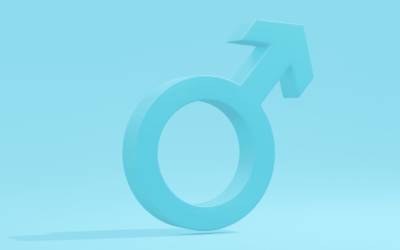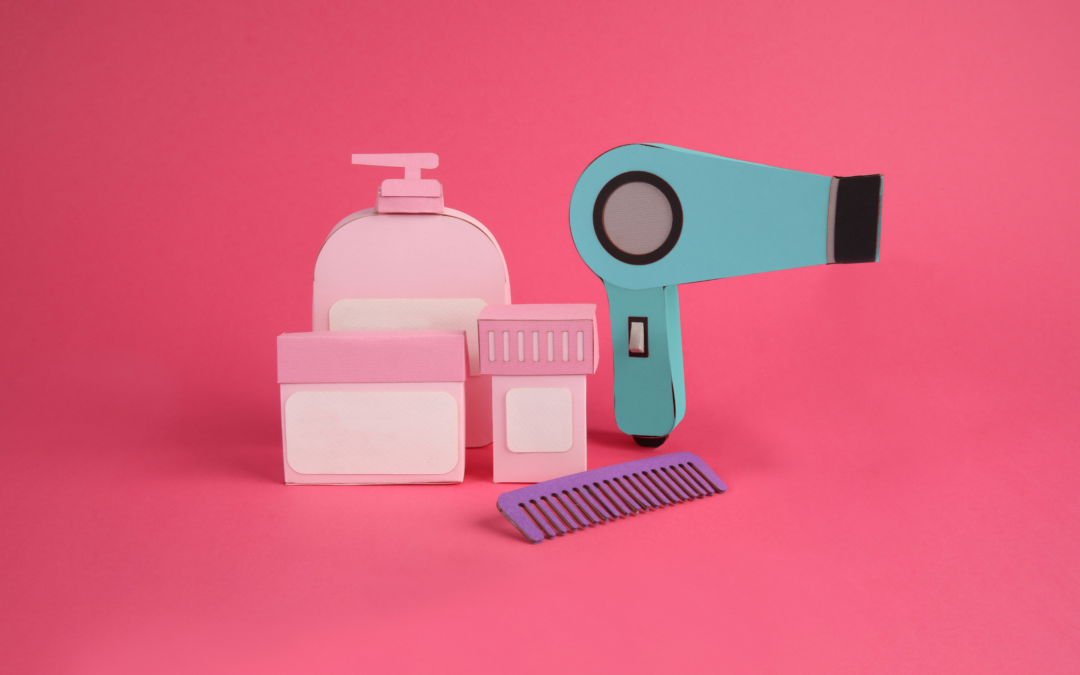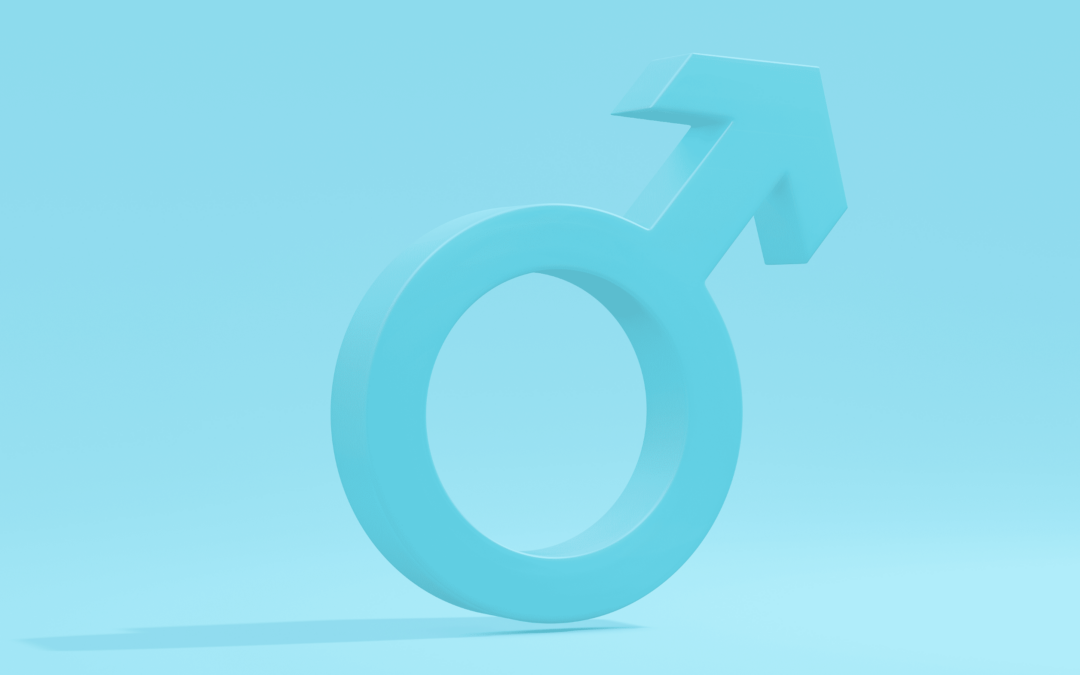Hair Follicles – Their Role in Hair Growth
We barely give a thought to our hair until we start losing it. Only then do we start wanting to know: how does hair grow? And how can we keep it growing?
Follow every strand of hair back to its roots and you’ll find a hair follicle. These tiny teardrop-shaped pockets in our skin play a fundamental role in determining how our hair grows, among other things.
If you have a healthy head of hair, you have your follicles to thank. But if you start experiencing hair loss, it most likely has something to do with those same tiny pockets.
To understand how it all works, let’s take a look at the hair follicle’s anatomy and function and what might happen when things go wrong inside a follicle.
P.S. If it does go wrong, don’t worry. Treatments are available so we’ll look at how hair loss medications work too.
What Is a Hair Follicle?
A hair follicle is one of many tiny tube-shaped pockets in the outer layer of your skin (the epidermis). These follicles can be found all over your body — everywhere from your armpits to your earlobes and forehead. The human scalp alone has about 100,000 hair follicles.
What is the difference between a hair and a hair follicle?
A hair is a filament made of a tough protein called keratin. The follicle is a tunnel-like structure with a bulb at its base, from which hair grows.
A single strand of hair — what experts call a hair shaft — grows from a hair bulb inside each follicle. We’ll look more closely at the hair follicle’s anatomy below.
Can you pull out a hair follicle?
You can pull hair out but not a hair follicle. Follicles are structures within your skin. They may grow new hair if the old hair is pulled out. But if they’re damaged, they can lose the ability to produce any hair at all, which may lead to thinning hair or hair loss.
Hair Follicle Functions
Growing hair isn’t a hair follicle’s only superpower. They have an important role in determining the appearance of your hair and can even help repair your skin after an injury.
Growing Hair
A hair follicle’s main function is to grow hair, which we need to protect our skin, regulate our body temperature, and help with sweat evaporation.
Here’s a simple look at the anatomy of a hair follicle and how hair grows.
Blood vessels deliver essential nutrients and hormones to protein cells living inside the hair bulb at the follicle’s base.
As the cells multiply, they build a hair shaft that grows from the bulb to the surface.
Closer to the surface of the skin, sebaceous glands near the follicle produce oil that further nourishes the hair and skin.
Determining Hair Appearance
The way your hair looks is determined by two things: the health and shape of the hair follicle.
When your hair follicles are healthy, they’re able to deliver the right nutrients and hormones to your hair, ensuring the hair is healthy too.
Other attributes — like the average texture and colour — are determined by the shape of the follicle.
If you have curly hair, your follicles will be oval-shaped. Circular hair follicles produce straighter hair.
Hair follicles also contain pigment cells called melanin. That’s right — the same cells that determined your skin colour have a role in your hair colour.
Different types and quantities of melanin produce different hair colours:
- Lots of melanin — black hair
- Eumelanin — brown hair
- Low amounts of melanin — fair/blonde hair
- Pheomelanin — red hair
As you age, your hair follicles start producing less melanin, leading to more grey and white hair strands.
Repairing Skin
Recent findings suggest that the hair follicle may play a key role in wound repair. Multiple animal studies have found that epidermal stem cells in hair follicles activate when skin is wounded and migrate to the injured site to assist with healing.
Hair Loss & Hair Follicle Conditions
Hair follicles play an important role in growing hair and protecting skin but they can also cause problems if they are damaged or inflamed.
Some hair follicle conditions are common and mild. Think acne. Others can lead to more serious complications, such as hair loss or balding.
If you have a hair or skin condition, it’s best to consult with a hair loss doctor or dermatologist before self-diagnosing or medicating.
Androgenetic Alopecia
You may know this condition as male pattern baldness or female pattern baldness. It can affect up to 80% of men and a substantial proportion of women (50%).
Androgenetic alopecia happens when a hormone called dihydrotestosterone (DHT) starts to shrink the hair follicles and disrupt the hair growth cycle.
The part of the cycle that promotes hair growth becomes shorter and the time between hair fall and new growth becomes longer.
Miniaturised follicles produce shorter, thinner hairs or stop producing hairs altogether.
This leads to the classic signs of androgenetic alopecia — a receding hairline and a balding crown in men and hair thinning in women.
Follicles that are more sensitive to DHT are more likely to be impacted and the degree of sensitivity comes down to genetics.
Alopecia Areata
This autoimmune condition causes the body’s immune system to attack its own hair follicles. It’s characterised by hair falling out in clumps although the condition may lead to alopecia universalis, which affects hair follicles all over the body.
While there’s no known cure for alopecia areata, the condition can be managed with steroidal injections or topical treatments. More on that below.
Telogen Effluvium
Telogen effluvium is a temporary hair loss condition that can be triggered by a sudden, stressful event like surgery, illness, or childbirth.
The body handles this shock by pushing hair follicles prematurely into a resting phase. Your hair follicles stop growing hair, causing a whole lot of hair to shed in a short time span.
Your hair may fall out in patches or thin out all over but the good news is that it’s usually temporary and recovers after a few months.
Acne
One of the most common hair follicle conditions most people will experience at some point in their lives is acne.
Part of the hair follicle anatomy is the sebaceous gland, which secretes oil to nourish and protect the hair and skin. Your hair follicles help produce this sebum.
The sebaceous gland secretes the sebum into the follicular canal, where the hair shaft wicks it to the surface. But sometimes, the glands release too much sebum.
This excess sebum may mix with dead skin cells and plug up your hair follicles, creating whiteheads, blackheads, and other types of acne.
Folliculitis
If your hair follicles are infected with bacteria, they can become inflamed. The result is a cluster of tiny pimples around the hair follicles, a condition called folliculitis.
Folliculitis can affect the scalp, armpits, arms, legs, and face. To spot it, look out for crusty sores or small red, yellow, or white bumps or rashes (sometimes filled with pus). It can be painful and itchy.
A bit of basic self care usually helps heal mild folliculitis without complications. But more serious infections may need to be treated with prescription medication. If you don’t treat it, folliculitis can cause permanent hair loss and scarring.
Treatments for Hair Follicle Conditions
We’re fortunate to have treatment options for just about any condition caused by damaged or inflamed hair follicles. But how you treat the condition depends on the symptoms and the underlying causes.
As always, it’s best to consult a doctor before attempting to treat your condition.
Skin Treatment and Creams
Steroidal creams and anti-itch medications may be prescribed to help ease the symptoms of some hair follicle conditions, such as folliculitis.
Meanwhile, the topical treatment minoxidil is commonly used to help stimulate hair growth by pushing hair follicles into the growing phase of the hair cycle.
Prescription Hair Loss Medication
If you’re experiencing hair loss, it’s possible to halt its progress and even stimulate your hair follicles to regrow hair (as long as the follicle isn’t irreparably damaged).
Hair loss medication contains active ingredients designed to do just this. Take The Hairy Pill®.
This personalised treatment contains one active ingredient to stop hair loss, another to stimulate growth, and a customised cocktail of vitamins, essential elements and amino acids to improve your hair health.
Antibiotics
Antibiotic gels or lotions are commonly prescribed to help clear up bacteria or infections like folliculitis. Oral antibiotics are usually only prescribed for severe infections.
Hair Transplant
If your hair follicles have been damaged beyond repair, they may longer be able to grow hair. For those who want to restore their full head of hair, a hair transplant is a popular treatment option.
Hair transplants involve grafting skin from parts of the body (usually the back of the scalp) that contain healthy hair and transplanting it into the bald spots on the scalp.
You’re essentially replacing old, damaged follicles with working follicles so that once the transplanted area heals, hair should regrow in that spot.
Talk to a Hair Loss Doctor Today with The Hairy Pill®
You can’t have healthy hair without healthy hair follicles. These unassuming little pockets in your skin help produce hair and their state affects the state of your hair.
A range of conditions can affect your hair follicles, leading to hair loss and possibly even balding. But treatment options are available.
The Hairy Pill® provides access to a hair loss treatment with the underlying technology researched, clinically tested, refined, and used by well over 20,000 patients in Australia.
Want to nourish your hair follicles and help stimulate regrowth? Try The Hairy Pill® today.







